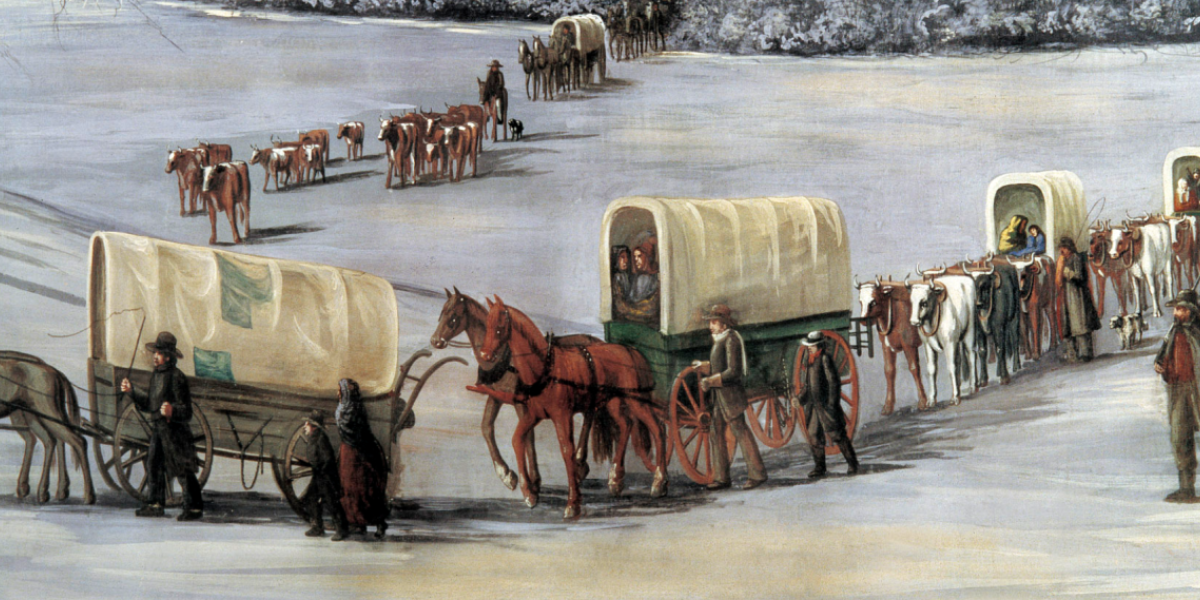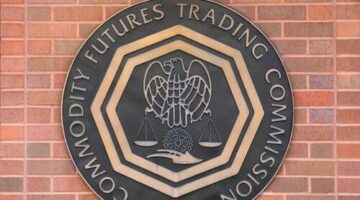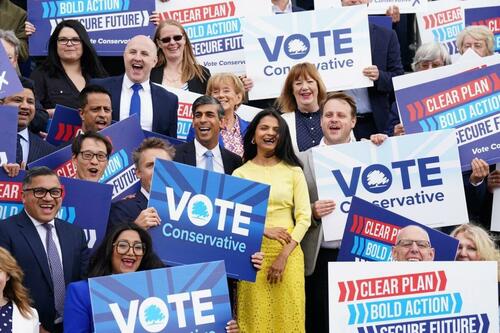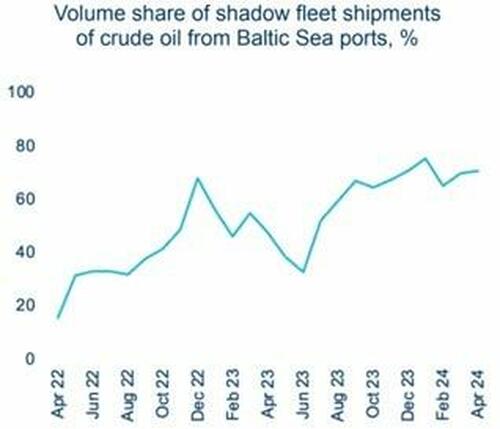
How the Federal Government Conquered Utah
[Unpopular Sovereignty: Mormons and the Federal Management of Early Utah Territory, by Brent M. Rogers, Nebraska University Press, 2017, xiv + 383 pp.]
Behind its clinical-sounding subtitle about “federal management,” Brent Rogers’s Unpopular Sovereignty contains essential history for understanding how American westward expansion paved the way for the growth of federal power during and after the American Civil War.
Contrary to the popular myth that the settlement of the trans-Mississippi frontier was a laissez-faire process with minimal federal involvement, Rogers shows how Congress and federal agents took a keen and active interest in asserting federal power and control into western territories in the 1850s.
Examples of this process can be found in Kansas, New Mexico, and in California, but we find especially instructive examples in the case of the federal government’s wars—both legislative and kinetic—against the Mormons of Utah Territory.
It is in this fight against the people of frontier territories that we see how the federal government began to assert a legal “right” to impose federal rule directly on Americans, enforced with federal courts and at the point of a bayonet.
American Fears of the Mormon “Threat”
Rogers begins with the necessary task of establishing the extent to which Americans in the east regarded the so-called “Latter Day Saints” (LDS) movement as a true threat to the United States. This is difficult to grasp for many modern Americans who likely regard Mormons as extremely ordinary, white, thoroughly assimilated Americans. Mitt Romney, perhaps, comes to mind for many.
This image of Mormons as corn-fed polite middle Americans was certainly not common in the nineteenth century. Quite the opposite was true. Indeed, once the region we now call Utah was transferred from Mexico to the United States at the end of the US-Mexico war, the Mormons were on a path to series of increasingly bitter conflicts with the US government.
By the early 1850s, the Mormons—led by Brigham Young—faced mounting criticism from leaders in Congress over matters like polygamy, theocracy, Indian policy, and alleged Mormon disloyalty. At the heart of the matter was a belief among many American pundits, churchmen, and politicians that Mormons undermined the US government’s authority in the region. It was believed—not without reason—that the Mormons had substituted their own policy toward the local natives, which was separate from the policies approved in Congress. Moreover, it was believed that the Mormon system of government was “theocratic” and not “republican” as required by the so-called “guarantee clause” of the US Constitution. And then there was polygamy, which Rogers shows was routinely regarded in the American press as degrading of women and a threat to proper American values.
Rogers compiles in detail the repeated charges leveled at the Mormons for these asserted transgressions, noting, for example, that Congressman Justin Merrill of Vermont concluded that the Mormon leader Young “desired a kingly government” to impose “patriarchal, nonrepublican institutions.” Worse yet, many Americans—including many in Congress—suspected that that the Mormons in Utah Territory were uninterested in any lasting political union, and thus were likely to become secessionists or foreign agents. This was not a baseless accusation and many Mormon commentators at the time did suggest that the people of Deseret consider asserting full independence from the United States. As Rogers puts it, “Mormons jealously guarded their autonomy while their inclinations toward and ties to the United States were ambiguous at best.”
Consequently, many Americans also began to suggest that the US government send a federal army to abolish polygamy and to generally assert federal control over the Mormons. (In 1857, the proponents of federal invasion got their wish.)
The Fight over “Popular Sovereignty”
The prospect of a federal invasion of the territory was a perennial fear of the Mormon leaders. By the mid-1850s, however, the Democratic Party handed Young and the Mormons a tool that they could use to defend themselves in Congress and in the American press. This was the doctrine of “popular sovereignty.”
Rogers shows Young repeatedly invoked the ideal of popular sovereignty in his correspondence with members of Congress and others. By using this strategy, Young was repurposing a political doctrine that had been used primarily as a means of dealing with national controversies over slavery.
After all, popular sovereignty was used primarily in the territories—i.e., parts of the US that were not states—as a means of defusing increasingly heated national rhetoric over slavery. Pushed primarily by Illinois Senator Stephen Douglas, the doctrine stated that the inhabitants of the territories could chose for themselves what laws they would live under. This was contrary to what had become standard practice in the territories in which the federal government appointed key local officials and exercised a veto over local laws and policies. Under the Missouri Compromise, it was also assumed that Congress would decide whether or not a territory would allow slavery.
Young asserted that if residents of the territories were free to choose their own policies on slavery, then the Mormons in Utah ought to also be free to choose their own laws in relation to marriage and their church. Although the Mormons had set up their own legislative bodies and courts, the federal government asserted control through federally appointed judges, governors, and other personnel. Federal officials reserved the right to ignore or overturn local laws deemed to be in conflict with the goals of Congress.
To what extent Mormons could rule themselves became a central question in both Utah and in Washington during the 1850s.
In examining this question over territorial self-rule, Rogers provides us with some historical research of great importance, and the question of Mormon sovereignty would turn out to be key in understanding how many Americans became comfortable with the idea of using federal military power against Americans citizens.
Rogers shows how by the late 1850s, the debate was largely over two positions. The first held that “the people [of the territory] are vested with indefeasible sovereignty” that cannot be abolished by any federal act. The second position held that “Congress is sovereign; that it can establish what form of government it pleases in a territory.” Many took a middle position, but in spite of decades of American rhetoric about self-government and the sovereignty of “the people,” it was clear that many Americans believed that Congress in Washington was fully within its rights to impose federal law directly on the residents of the territories in the manner of a colonial possession.
Certainly, as Rogers shows, the Mormons were not able to win any sizable measure of sovereignty for themselves. Indeed, in 1857, hoping to appear to voters as being tough on polygamy and as decisive against alleged Mormon separatism, President James Buchanan sent 2,500 federal soldiers to Utah to impose federal sovereignty there.
This only heightened the debate over the use of federal power over. Both North and South, many Americans were alarmed at the repercussions of using federal troops to impose federal law on white American citizens.
Rogers shows that many other in Washington did welcome this expansion of power, even among those who would later become separatists themselves. For example, the future president of the Confederacy, Jefferson Davis, called for an expansion of the federal army for the express purpose of imposing federal rule in the territories via military action. In an 1858 speech, Davis declared
I hold that the Territories are dependencies of the Federal Union; they are in a condition of pupilage, to be governed by the States, the property of the States; and that if men, either foreign or native, should aggregate themselves upon a Territory of the United States, and raise the standard of rebellion against the Government … it is the … duty of the Government to put down such an insurrection and to compel obedience.
Davis, of course, would later find himself on the receiving end of the same federal power he encourages here. As Rogers shows, however, Davis missed the full implications of his position because he clung to the idea that federal military power could only be used against territories, and not the states.
Many other political leaders and pundits were more insightful than Davis and saw where Davis’s position naturally led. Rogers notes that during the Utah War, Senator Andrew Johnson of Tennesse warned that sending the army “to act against local sovereignty would end states’ rights” and that state sovereignty “would crumble before the central government.” Johnson was right.
Moreover, although there were no federal marriage laws at the time, many also perceived the federal invasion of Utah as designed to rein in Mormon polygamy. As Rogers notes, this then led many to ask an obvious question: if federal military power can be used against an institution like polygamy, why not use that same power against the institution of slavery?
The Federal Conquest of Utah
By the end of 1858, the federal government had used the army to impose new federal officials on the residents of Utah and to establish that Utah would not be allowed to govern itself without federal oversight.
Rogers contends that Buchanan’s military expedition established a political and ideological precedent for asserting direct military control over US citizens in the name of fighting perceived threats to federal sovereignty.
The American Civil War only accelerated this trend, and the newly ascendant Republican Party, which had never endorsed the idea of popular sovereignty, did not hold back. Rogers lists the many ways the U.S. government ratcheted up federal control over the Mormons after 1860. In 1861, Congress unilaterally redrew the map of Utah territory, greatly reducing its size as a means of reducing Mormon power. In 1862, President Lincoln signed the first federal marriage law with the Morrill Anti-Bigamy Act, designed to impose federal limits on polygamy. Federal officials created new Indian reservations in ways designed to lessen Mormon influence over local tribes. Mormons had long relied on jury nullification to protect locals from federal prosecutors, so Congress gave federal officials greater power over the selection of jurors.
In all of this, we see how the frontier territories acted as laboratory for new forms of direct federal rule imposed on the residents of the United States. Mormons were the most immediate targets of much of this new federal legislation, but the effect was felt throughout the western territories, and Rogers approvingly quotes one historian who concluded “In 1861, most westerners were occupied peoples.”
Indeed, this quotation helps to illustrate the importance of Unpopular Sovereignty. This is no mere case study relevant only to enthusiasts of regional history, and Rogers’s exploration of the national debate over asserting federal sovereignty over the territories is especially valuable. The Utah case illustrates just how instrumental the federal government had been in colonizing and controlling the frontier, and how these new federal powers emboldened the much stronger federal government that arose after the Civil War.
Image credit: public domain, Brigham Young University Museum of Art, via Wikimedia.
Originally Posted at https://mises.org/
Stay Updated with news.freeptomaineradio.com’s Daily Newsletter
Stay informed! Subscribe to our daily newsletter to receive updates on our latest blog posts directly in your inbox. Don’t let important information get buried by big tech.
Current subscribers:








